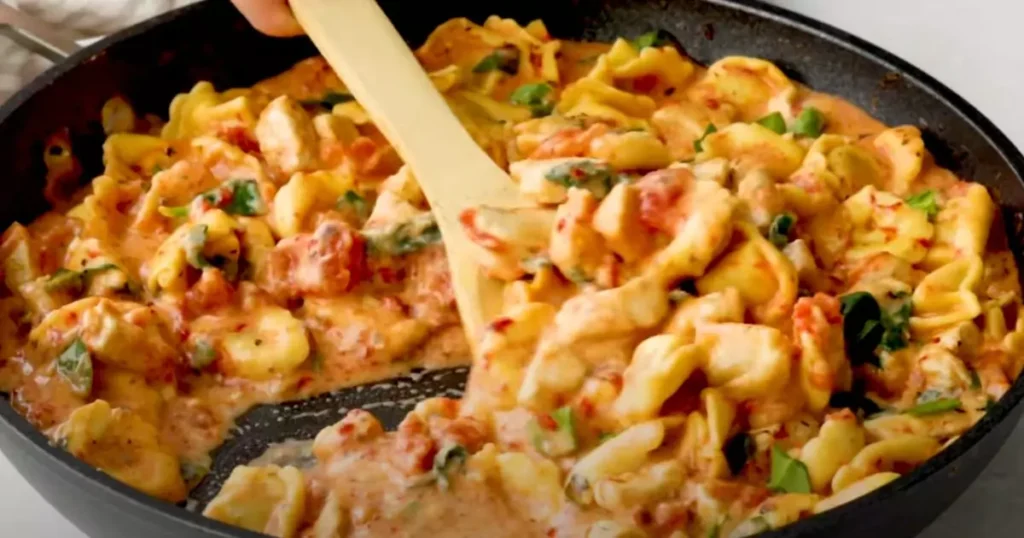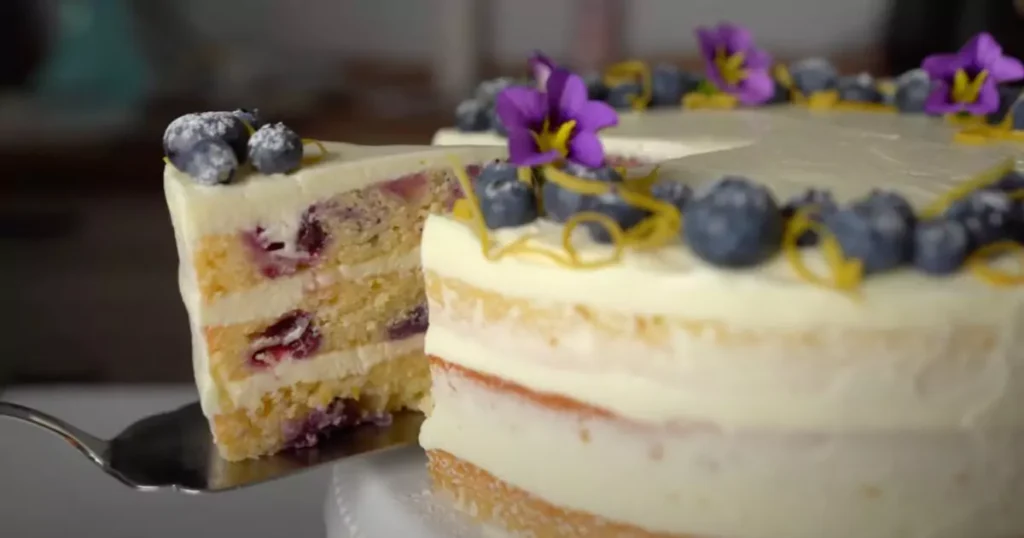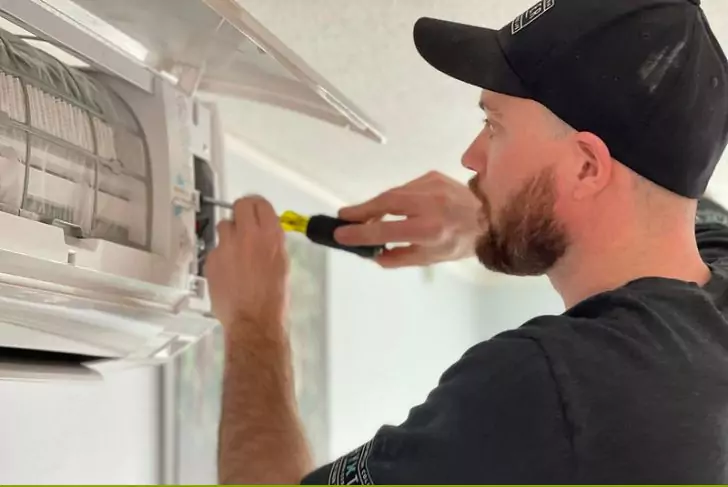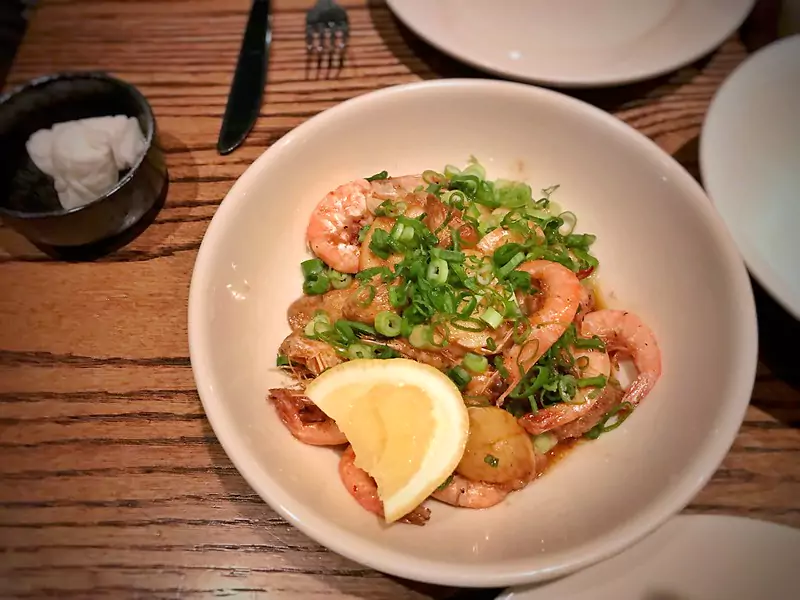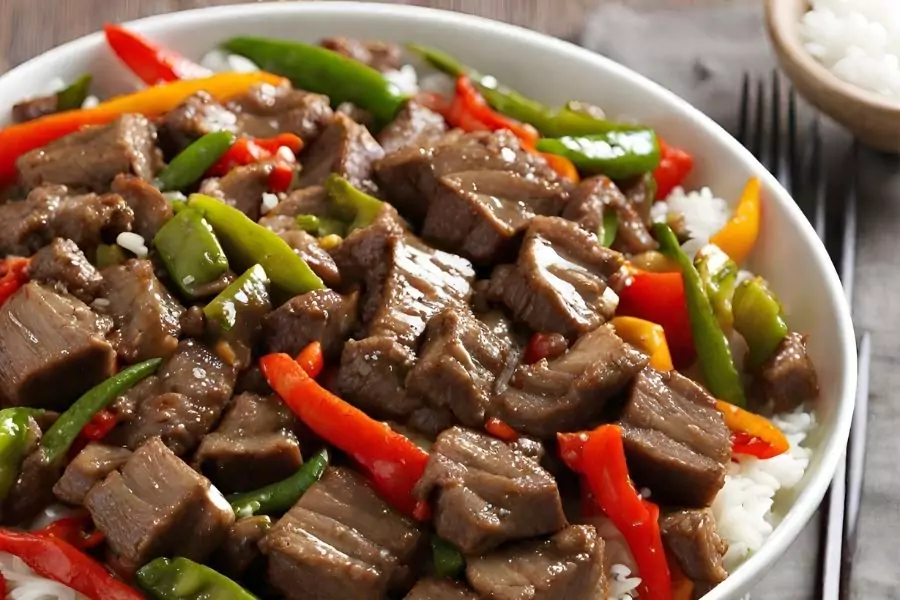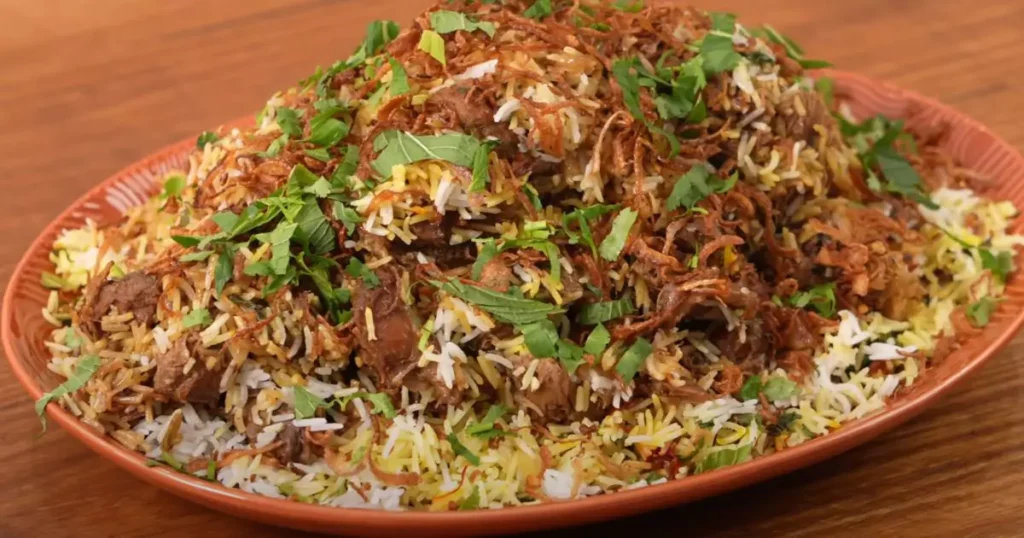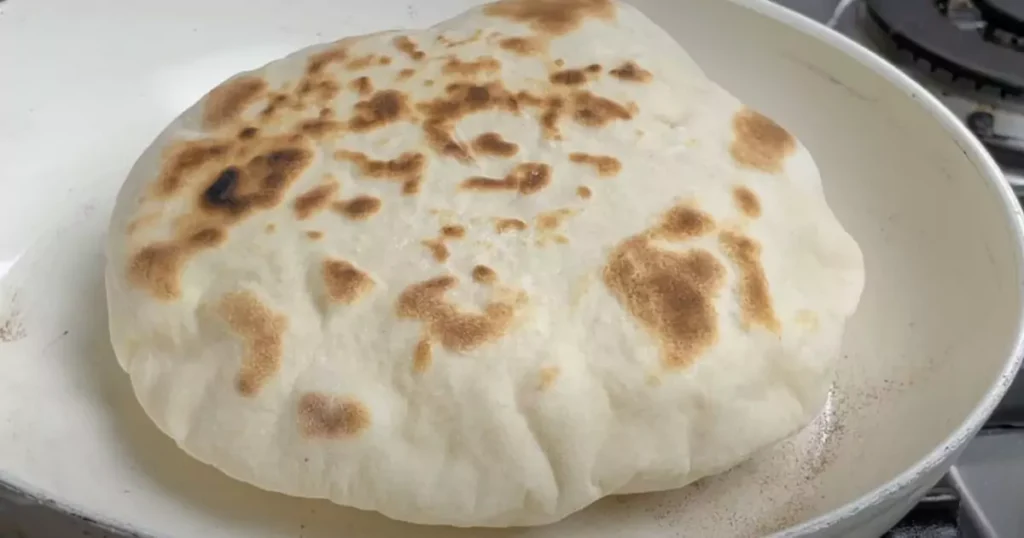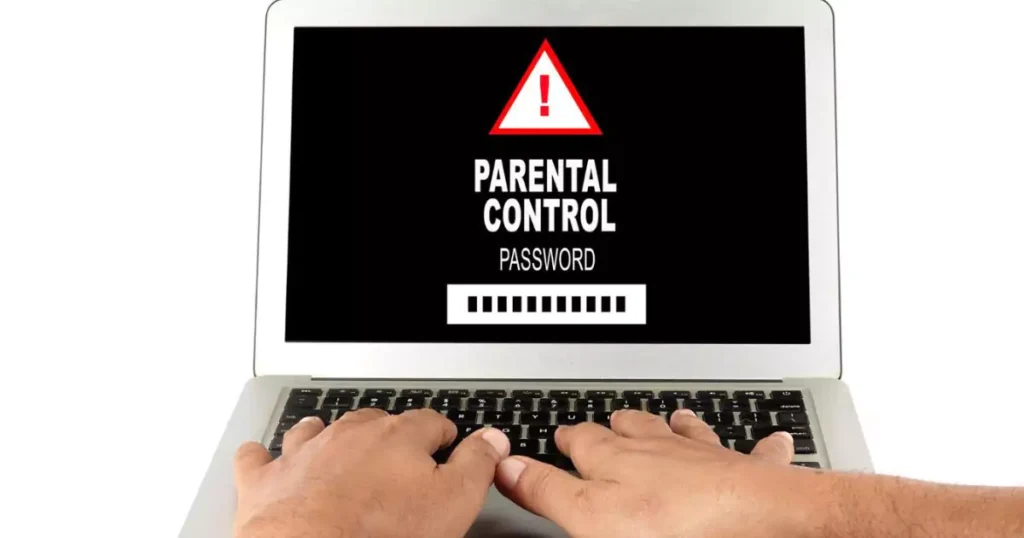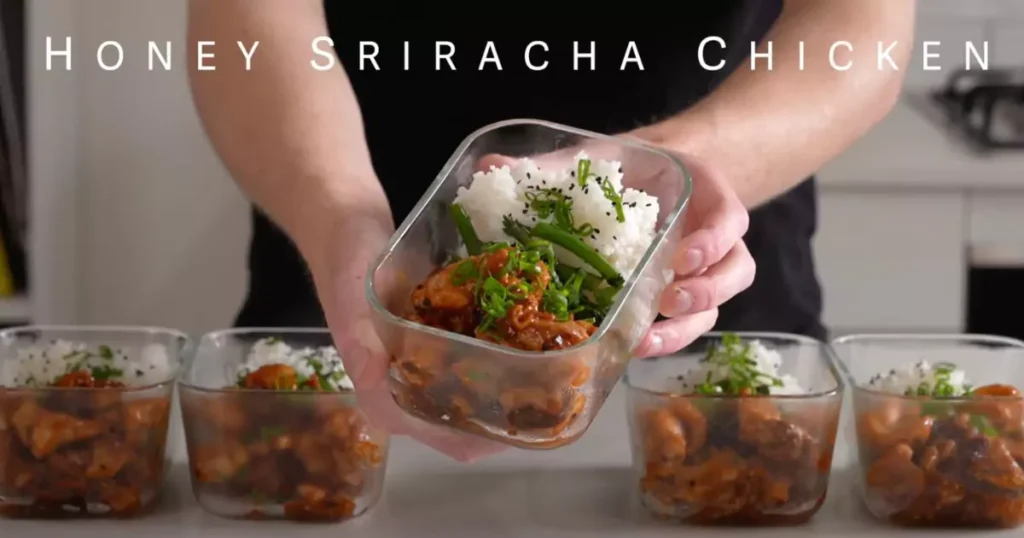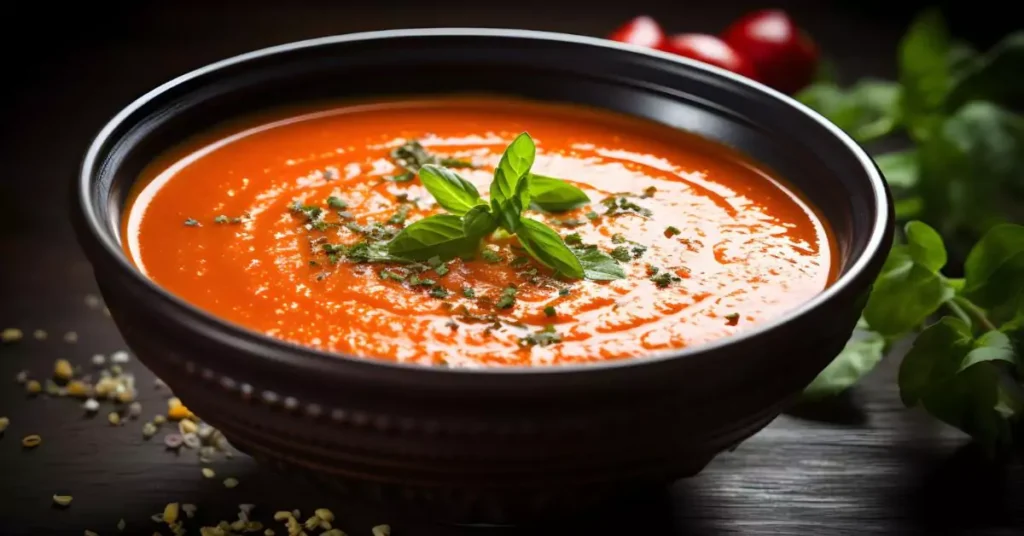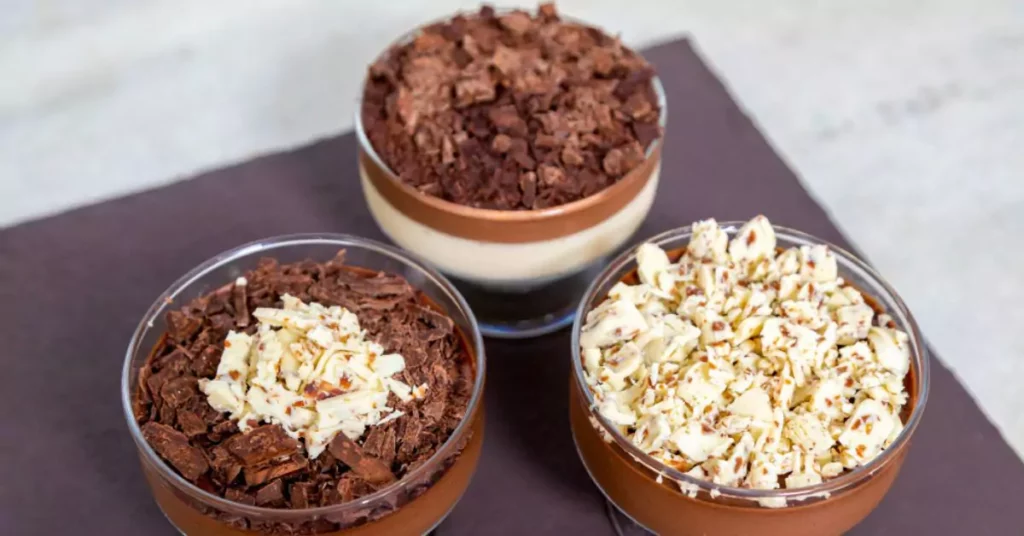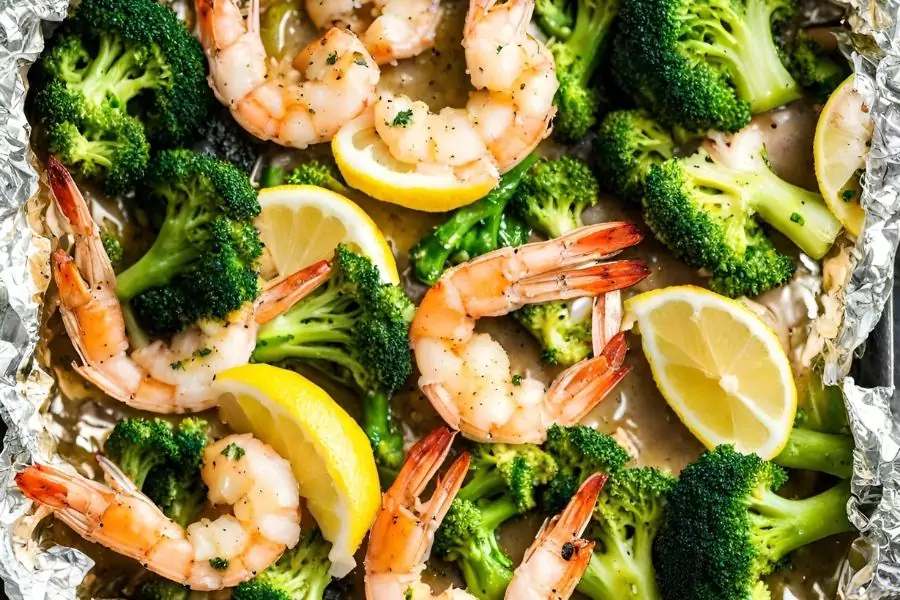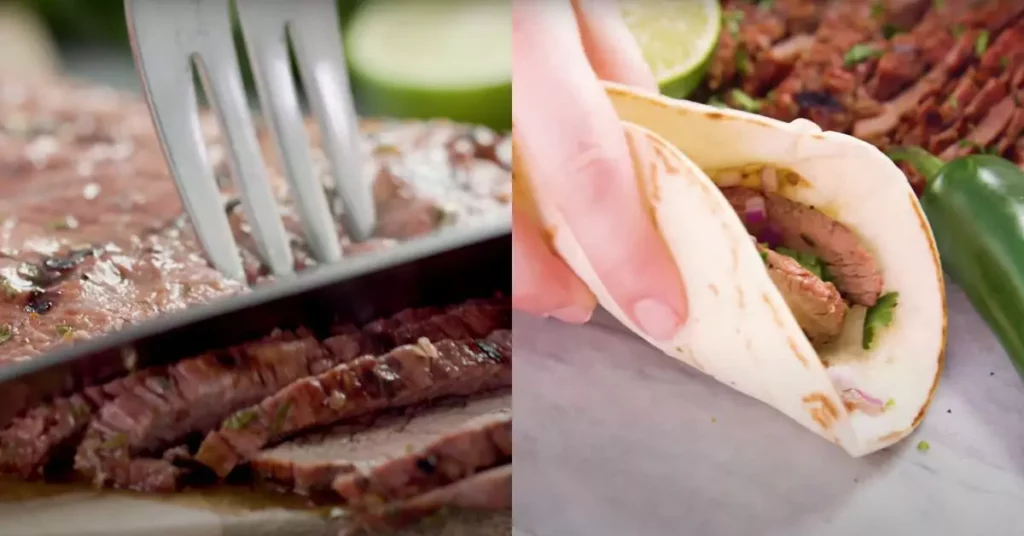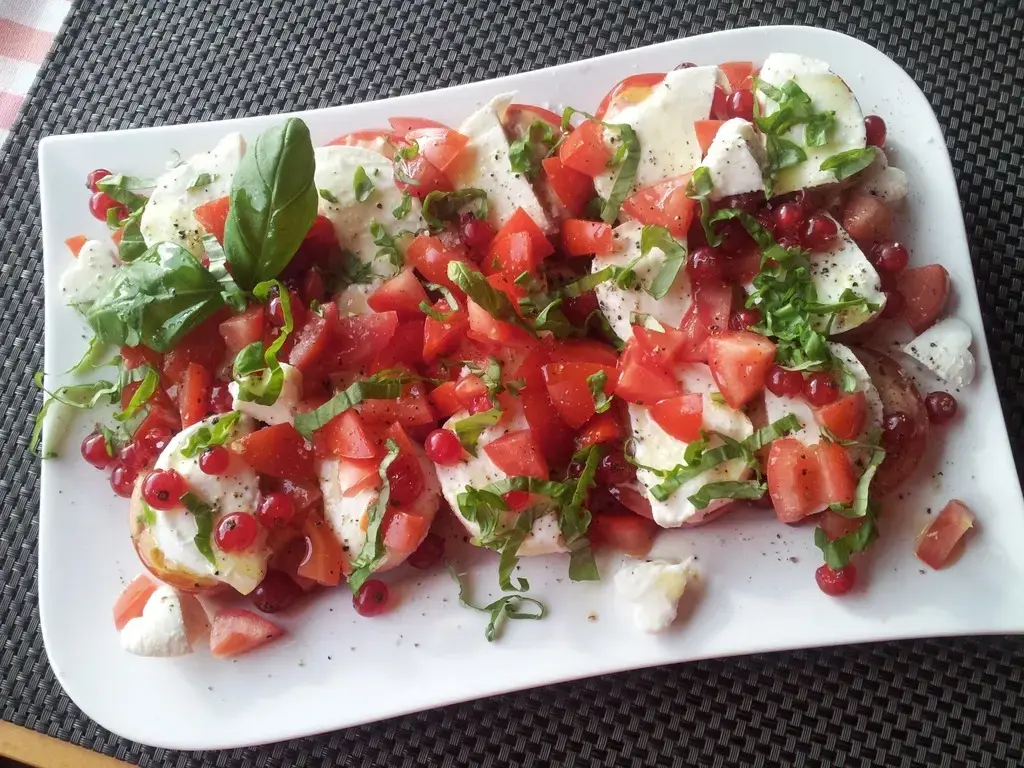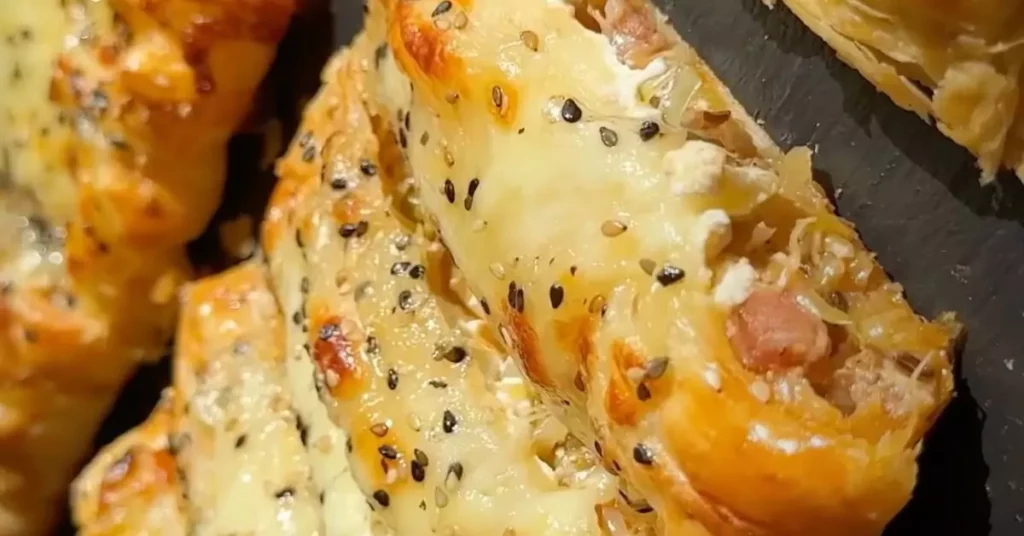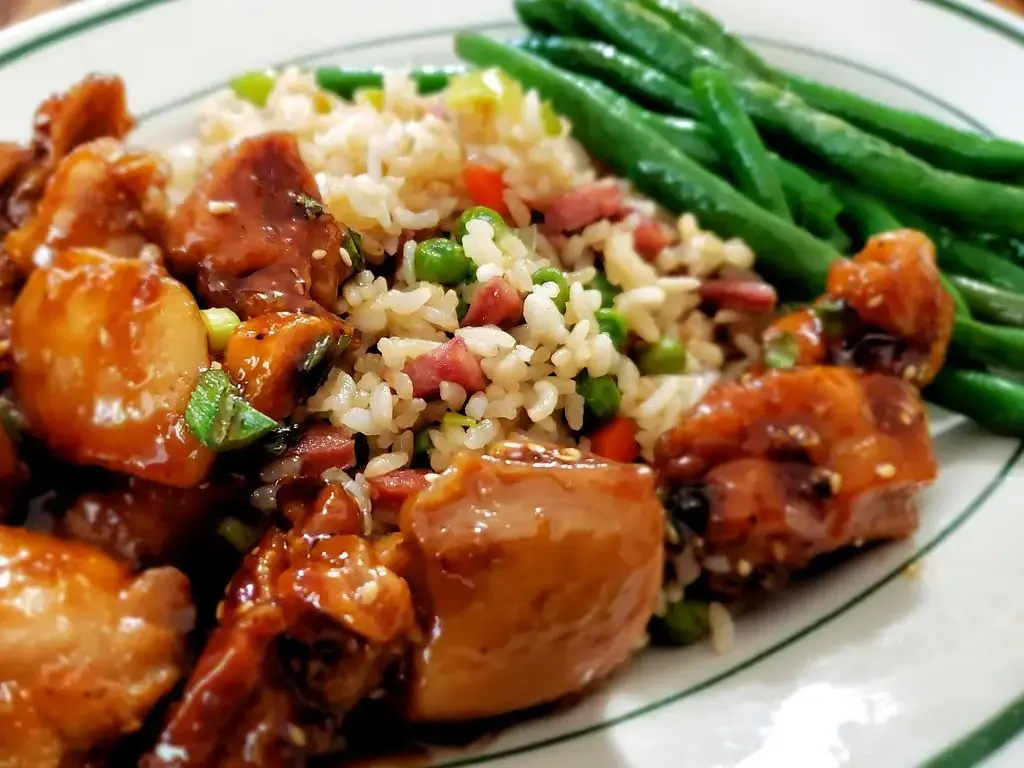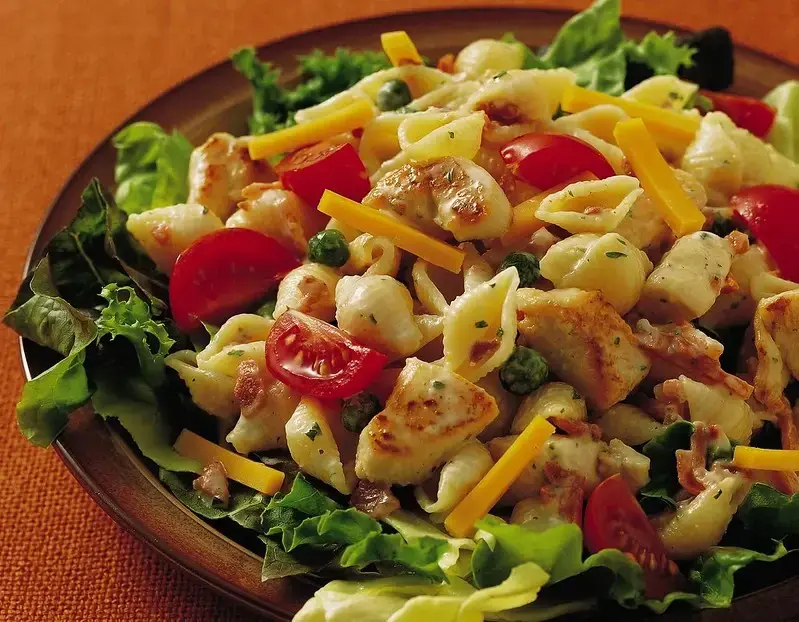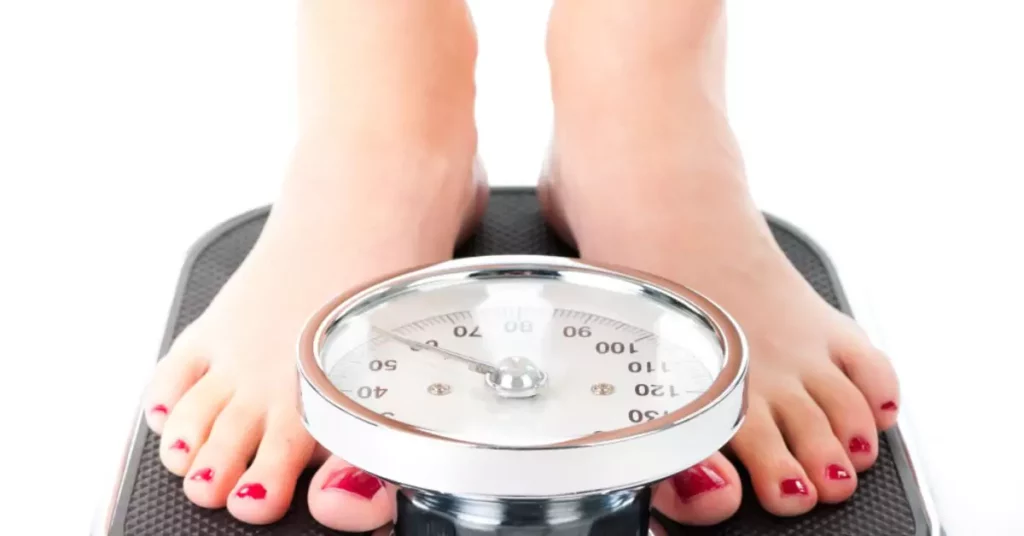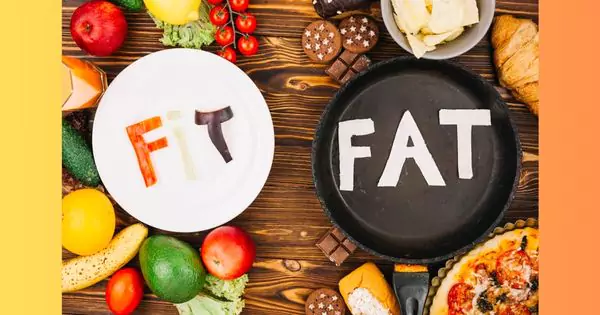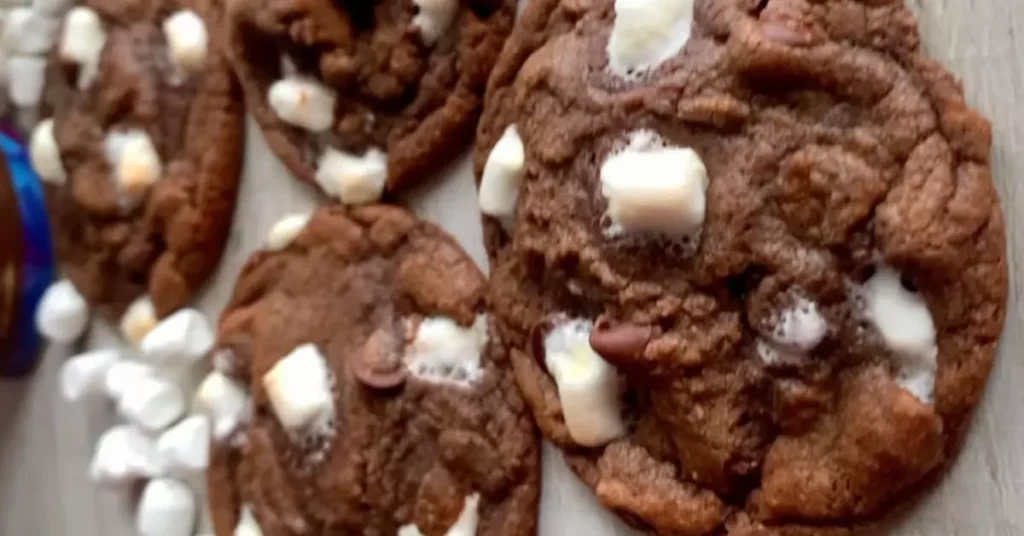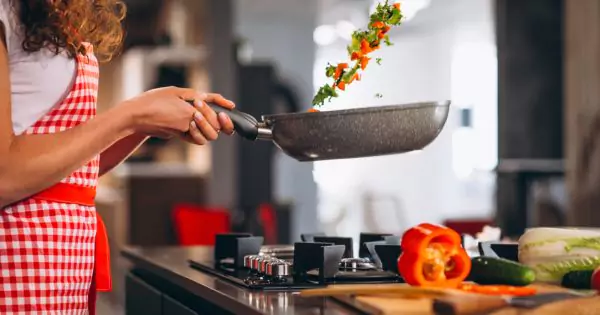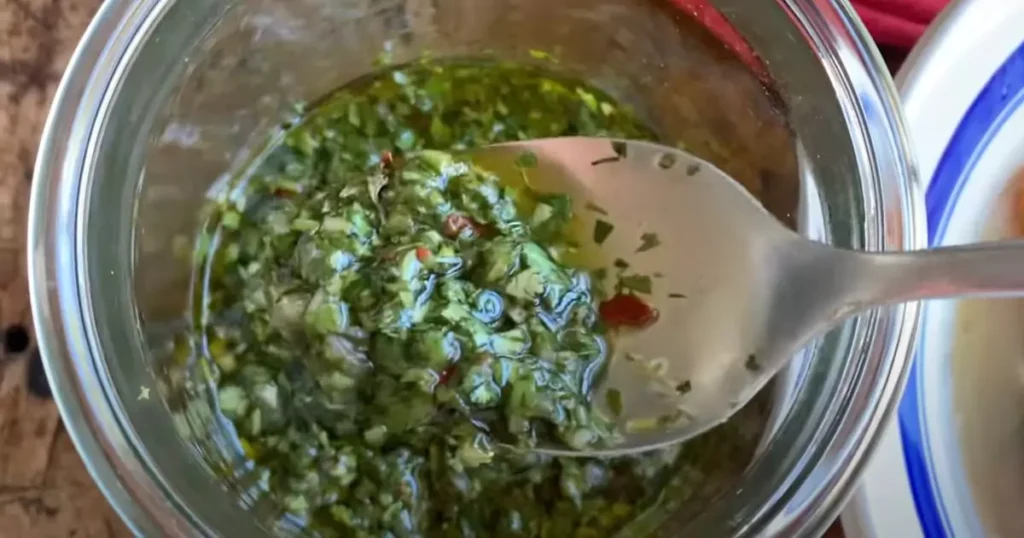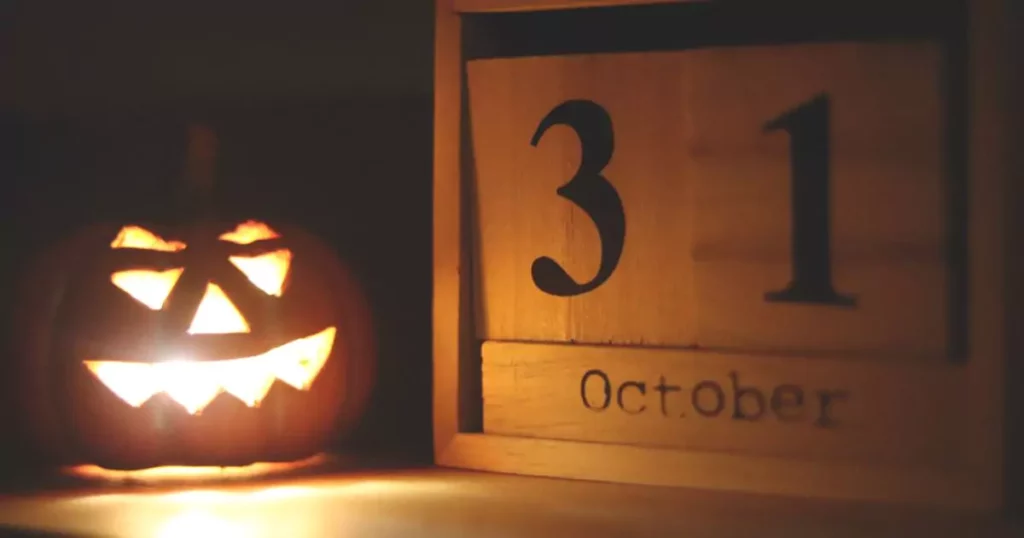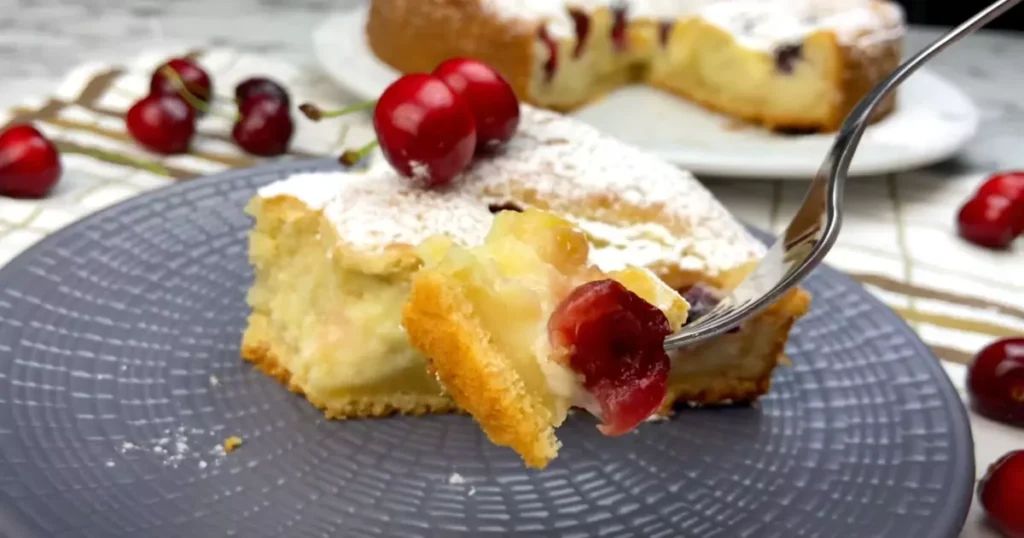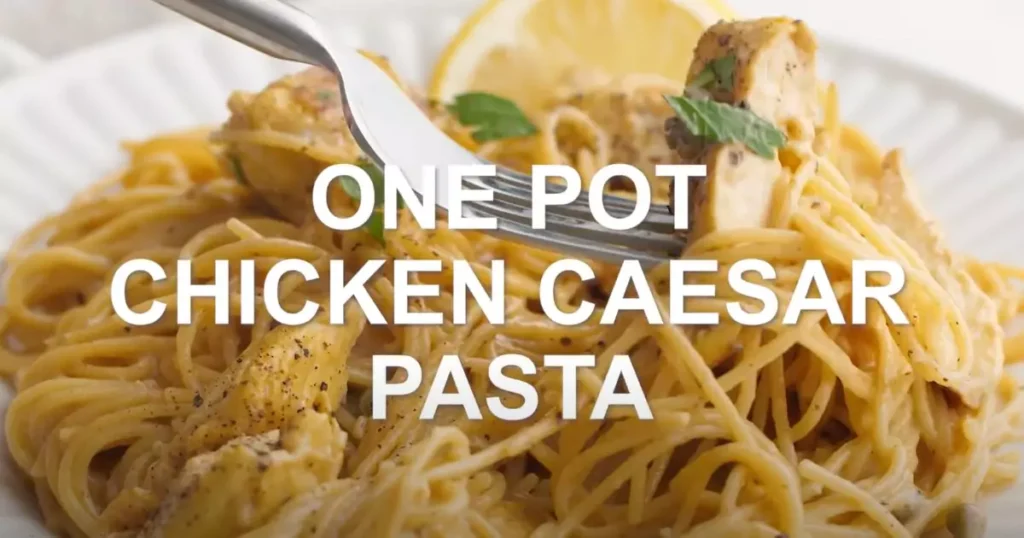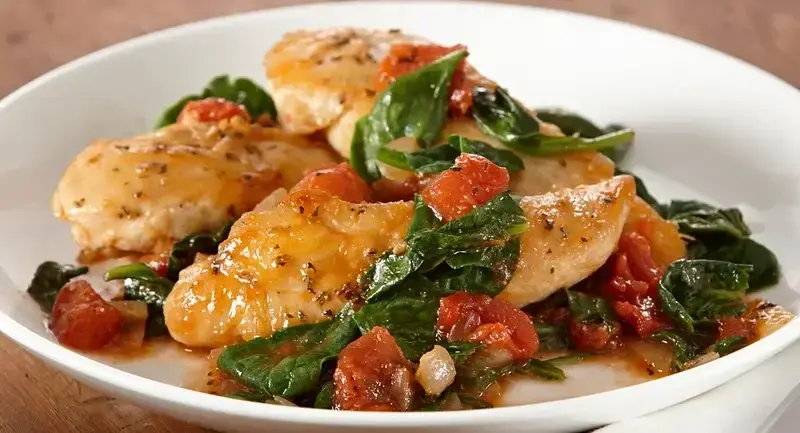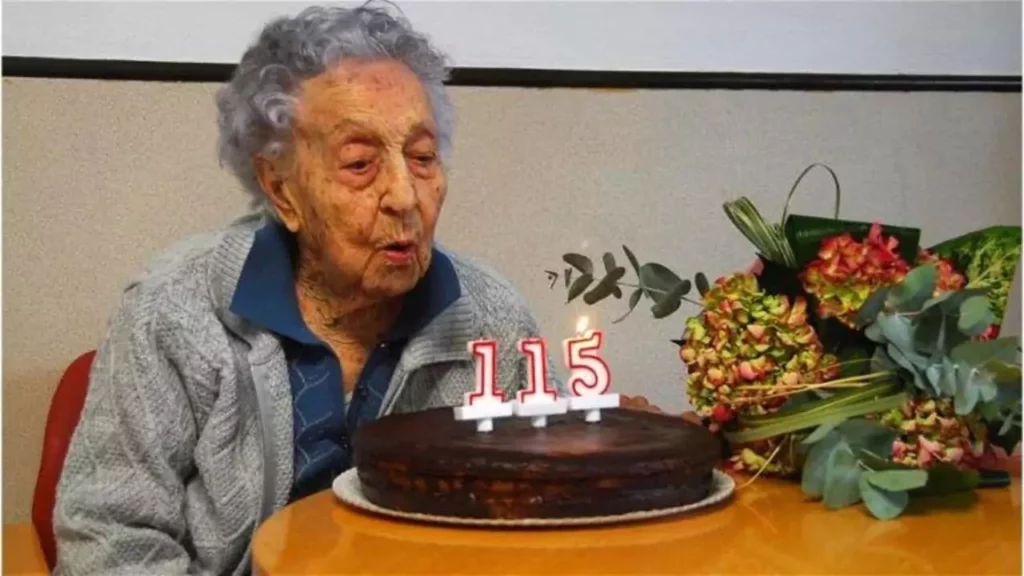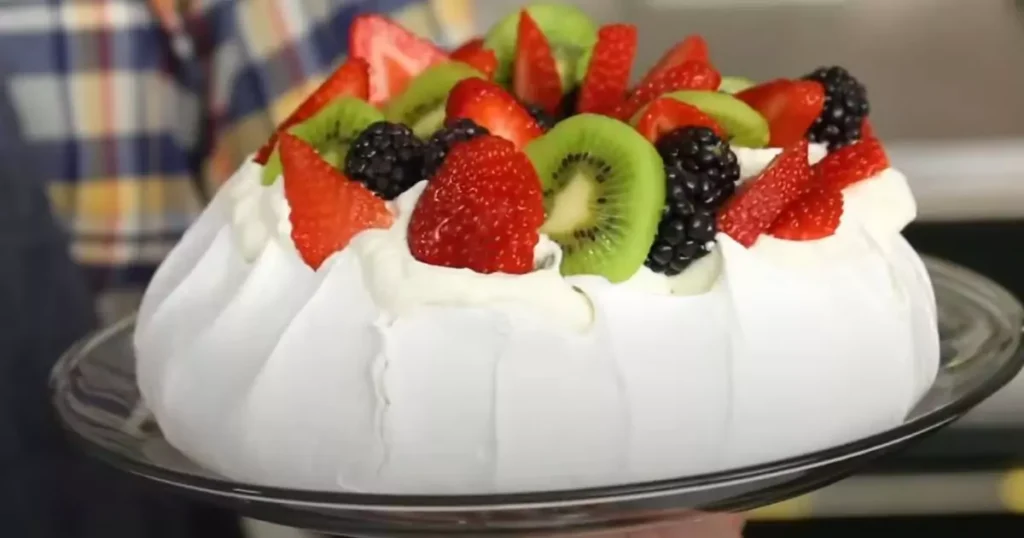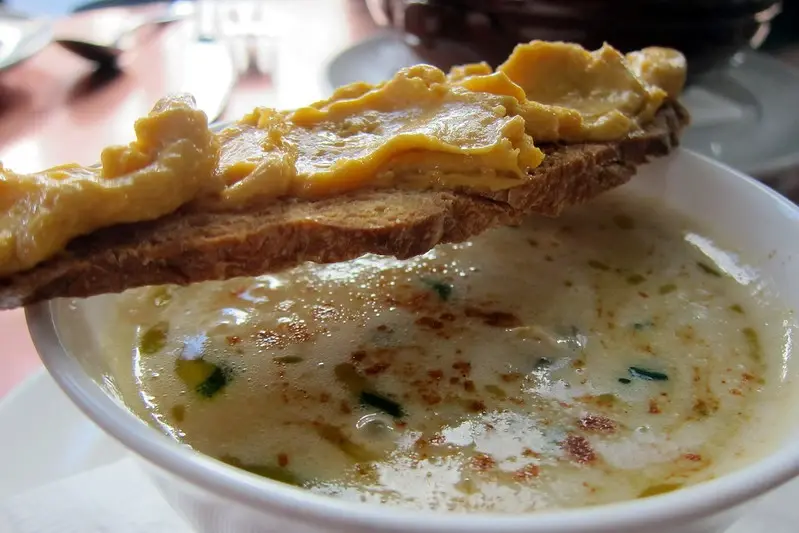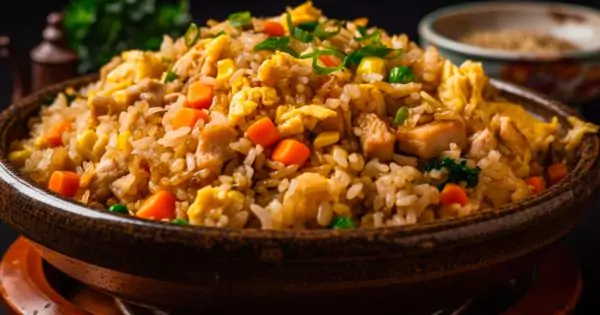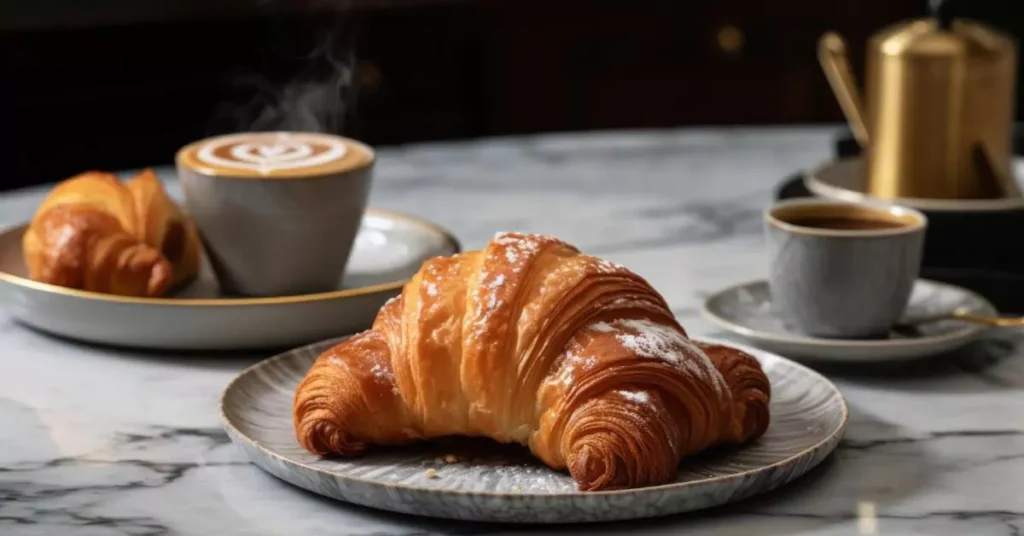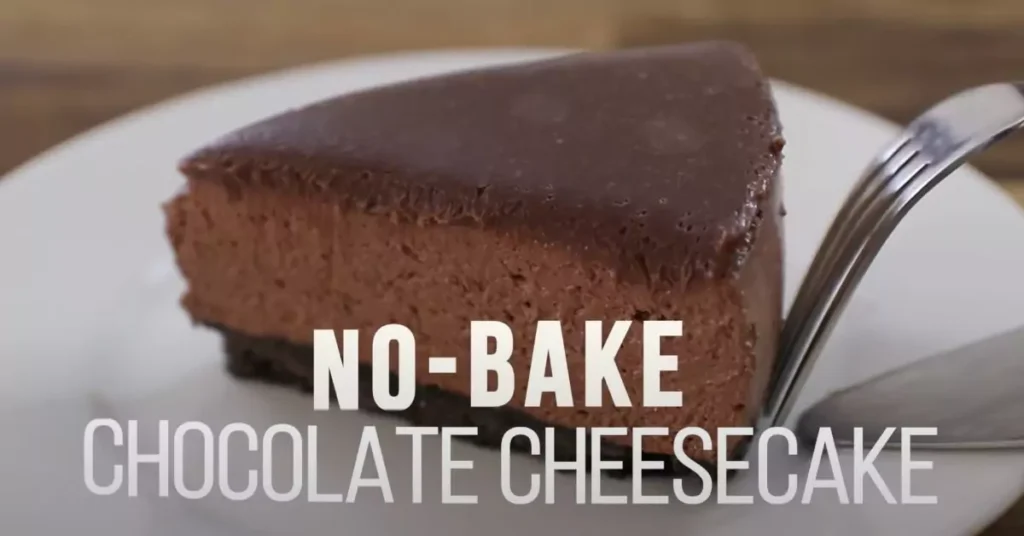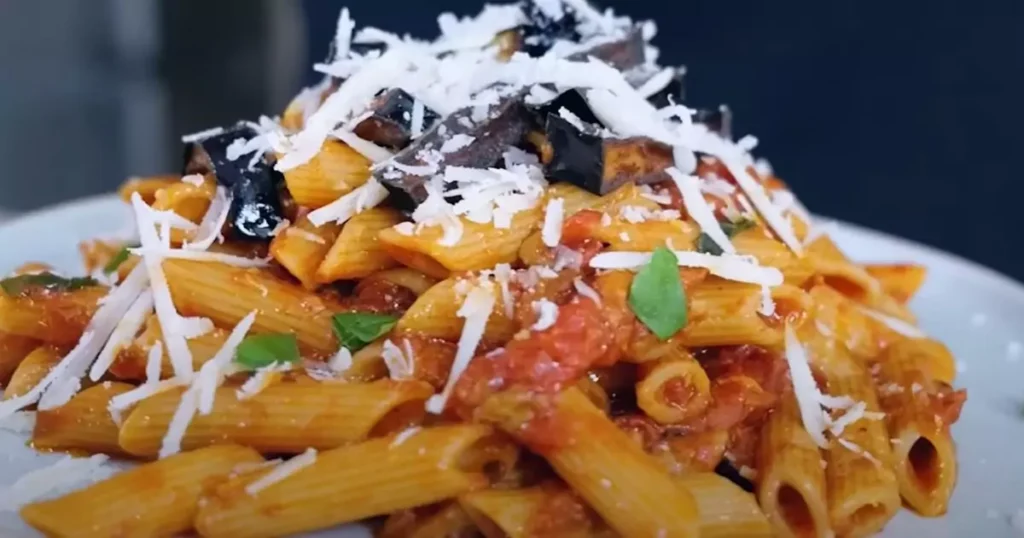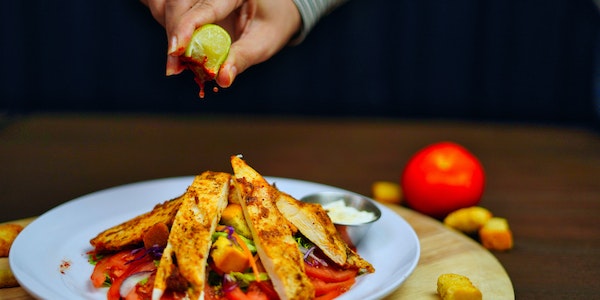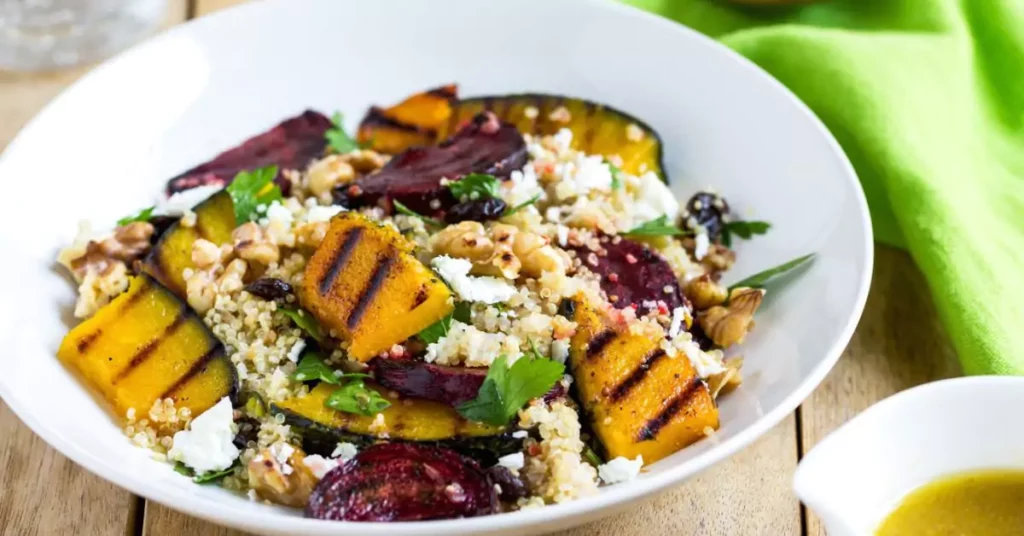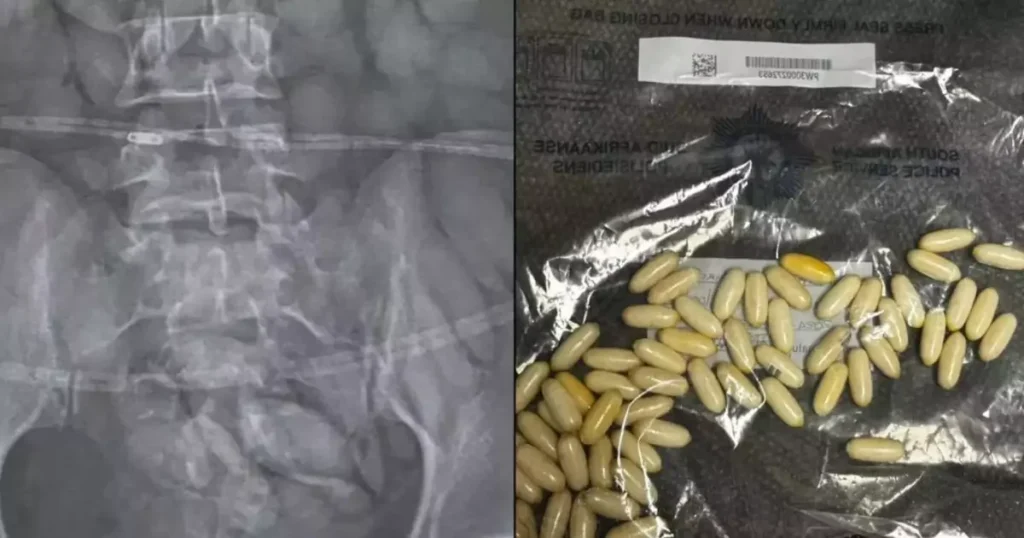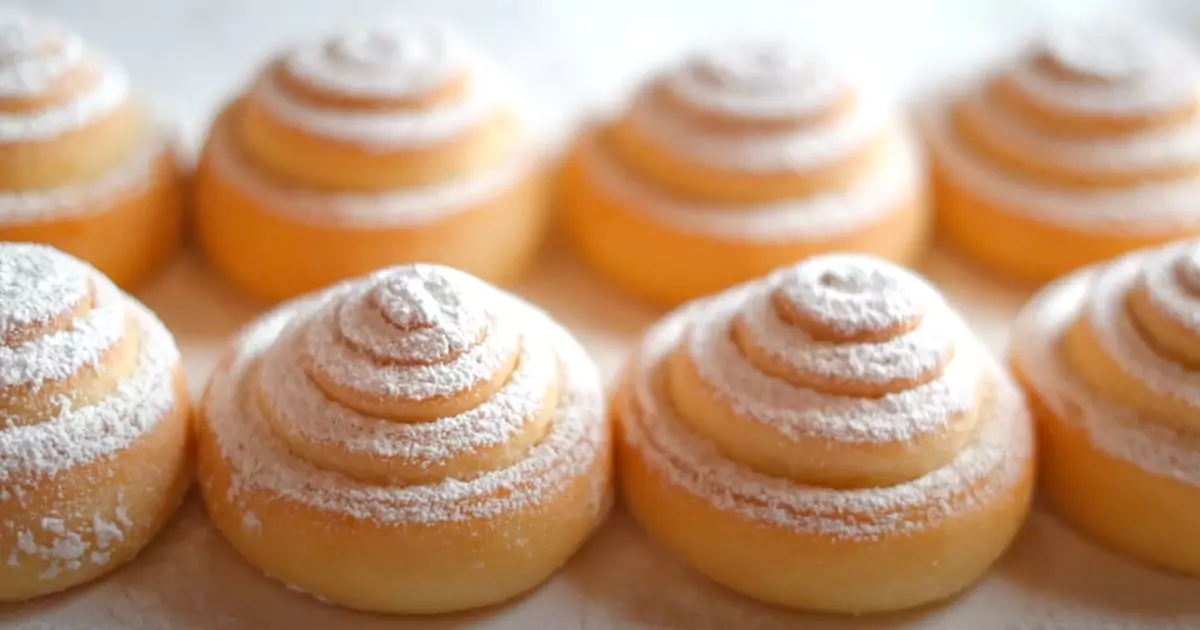
Pan de Mallorca is a deliciously soft and sweet bread roll from Puerto Rico, known for its fluffy texture and lightly sweetened flavor. These rolls are often enjoyed for breakfast or as a snack, usually dusted with powdered sugar and sometimes filled with ham and cheese for a savory twist. Making Pan de Mallorca at home is a delightful way to bring a taste of Puerto Rican tradition to your kitchen. In this blog, we’ll guide you through a detailed recipe, storage tips, creative add-ons, and health considerations. Plus, we’ll delve into their nutritional information, variations, and tips for making them perfectly every time.
Cultural Significance and History
Pan de Mallorca has its roots in Puerto Rico but is inspired by the ensaïmada, a pastry from the island of Mallorca in Spain. The bread was named after the Spanish island, reflecting the blend of Spanish and Puerto Rican cultures. Over time, Pan de Mallorca has become a beloved staple in Puerto Rican cuisine, often enjoyed with a cup of coffee or as part of a hearty breakfast. It symbolizes the island’s rich history and culinary traditions, blending European influences with local flavors.
Storage Ideas
Proper storage ensures your Pan de Mallorca remains fresh and delicious. Here are some tips:
- Room Temperature: Store the rolls in an airtight container at room temperature. They can stay fresh for up to 3 days.
- Refrigeration: For longer storage, refrigerate the rolls in an airtight container. They can last for up to 1 week.
- Freezing: To freeze, wrap the rolls tightly in plastic wrap and place them in a freezer-safe bag. They can be frozen for up to 2 months. Thaw at room temperature before serving.
Ingredients
To make Pan de Mallorca, you will need the following ingredients:
- 4 cups all-purpose flour
- 1/2 cup granulated sugar
- 1/2 teaspoon salt
- 1 package (2 1/4 teaspoons) active dry yeast
- 3/4 cup warm milk (110°F or 45°C)
- 1/2 cup unsalted butter, melted
- 3 large eggs
- 1 teaspoon vanilla extract
- Powdered sugar for dusting
Instructions
Step 1: Activate the Yeast
In a small bowl, combine the warm milk, 1 tablespoon of the sugar, and the active dry yeast. Stir gently and let it sit for about 5-10 minutes until it becomes frothy. This step ensures the yeast is activated and ready to use.
Step 2: Prepare the Dough
In a large mixing bowl, combine the flour, remaining granulated sugar, and salt. Add the melted butter, eggs, vanilla extract, and the yeast mixture. Mix until a dough forms. You can use a stand mixer with a dough hook or mix by hand.
Step 3: Knead the Dough
Turn the dough out onto a lightly floured surface and knead it for about 8-10 minutes, or until it becomes smooth and elastic. If using a stand mixer, knead on medium speed for about 5-7 minutes.
Step 4: First Rise
Place the dough in a lightly greased bowl, cover it with a clean kitchen towel, and let it rise in a warm, draft-free area for about 1-2 hours, or until it has doubled in size.
Step 5: Shape the Rolls
Punch down the risen dough and turn it out onto a lightly floured surface. Divide the dough into 12 equal pieces. Roll each piece into a long rope and then coil it into a spiral shape, tucking the end underneath. Place the shaped rolls on a baking sheet lined with parchment paper.
Step 6: Second Rise
Cover the rolls with a kitchen towel and let them rise for another 30-45 minutes, or until they have doubled in size.
Step 7: Bake the Rolls
Preheat your oven to 350°F (175°C). Bake the rolls for 15-20 minutes, or until they are lightly golden brown on top. Be careful not to overbake them, as they should remain soft and fluffy.
Step 8: Dust with Powdered Sugar
Allow the rolls to cool slightly on a wire rack. Once they are warm but not hot, dust them generously with powdered sugar. Serve the Pan de Mallorca warm or at room temperature.
Add-On Suggestions
To enhance your Pan de Mallorca, consider these creative add-ons:
- Fillings: Before rolling the dough into spirals, spread a layer of jam, chocolate spread, or sweetened cream cheese for a delicious surprise inside.
- Toppings: Instead of powdered sugar, drizzle the rolls with a simple glaze made from powdered sugar and milk.
- Savory Twist: For a savory version, skip the powdered sugar and fill the rolls with ham and cheese before baking.
Nutritional Information
A typical serving of Pan de Mallorca (1 roll) provides:
- Calories: 250-300
- Protein: 5-6 grams
- Fat: 10-12 grams
- Carbohydrates: 35-40 grams
- Fiber: 1-2 grams
- Sodium: 150-200 mg
These values can vary based on the specific ingredients and quantities used.
Variations
Pan de Mallorca is versatile and can be adapted in many ways to suit different tastes and dietary needs. Here are some variations to consider:
- Whole Wheat: Substitute half of the all-purpose flour with whole wheat flour for added fiber and nutrients.
- Vegan: Use plant-based milk and butter, and replace the eggs with a flax egg (1 tablespoon ground flaxseed mixed with 3 tablespoons water) for a vegan version.
- Gluten-Free: Use a gluten-free flour blend instead of all-purpose flour to make the rolls gluten-free.
Tips for Perfect Pan de Mallorca
- Proper Yeast Activation: Ensure the milk is warm but not hot to properly activate the yeast.
- Kneading: Knead the dough until it’s smooth and elastic for the best texture.
- Rising Time: Allow enough time for both rises to ensure the rolls are light and fluffy.
- Gentle Handling: Handle the dough gently after the first rise to maintain its airy structure.
- Even Baking: Rotate the baking sheet halfway through baking for even browning.
Health Considerations
Pan de Mallorca can be enjoyed as an occasional treat, but here are some health considerations to keep in mind:
- Portion Control: Enjoy the rolls in moderation to avoid consuming too many calories and sugar.
- Quality Ingredients: Use high-quality, fresh ingredients for the best flavor and nutritional value.
- Dietary Adjustments: Adapt the recipe to fit your dietary needs, such as whole wheat or vegan options.
Benefits of Health, Family, and Home Insurance
While cooking at home is enjoyable and rewarding, it’s always good to be prepared for any unexpected incidents. Here’s why having comprehensive health, family, and home insurance is beneficial:
- Health Insurance: Covers medical expenses for unforeseen health issues, such as kitchen accidents or food allergies, ensuring you receive necessary treatment without financial strain.
- Family Insurance: Protects your entire family, providing peace of mind that everyone is covered in case of emergencies.
- Home Insurance: Safeguards your home against damage or loss due to kitchen fires or other accidents, helping cover repair costs and protect your investment.
Having these insurance policies in place allows you to enjoy your cooking adventures with confidence, knowing you’re protected against unexpected events.
Pan de Mallorca is a delicious and fluffy bread roll that brings a taste of Puerto Rican tradition to your home. With a simple recipe and plenty of variations, you can customize these rolls to suit your taste and dietary preferences. Remember to store them properly, consider health aspects, and enjoy these sweet treats with family and friends. So, gather your ingredients, follow these steps, and savor the delightful taste of homemade Pan de Mallorca. Happy baking!


